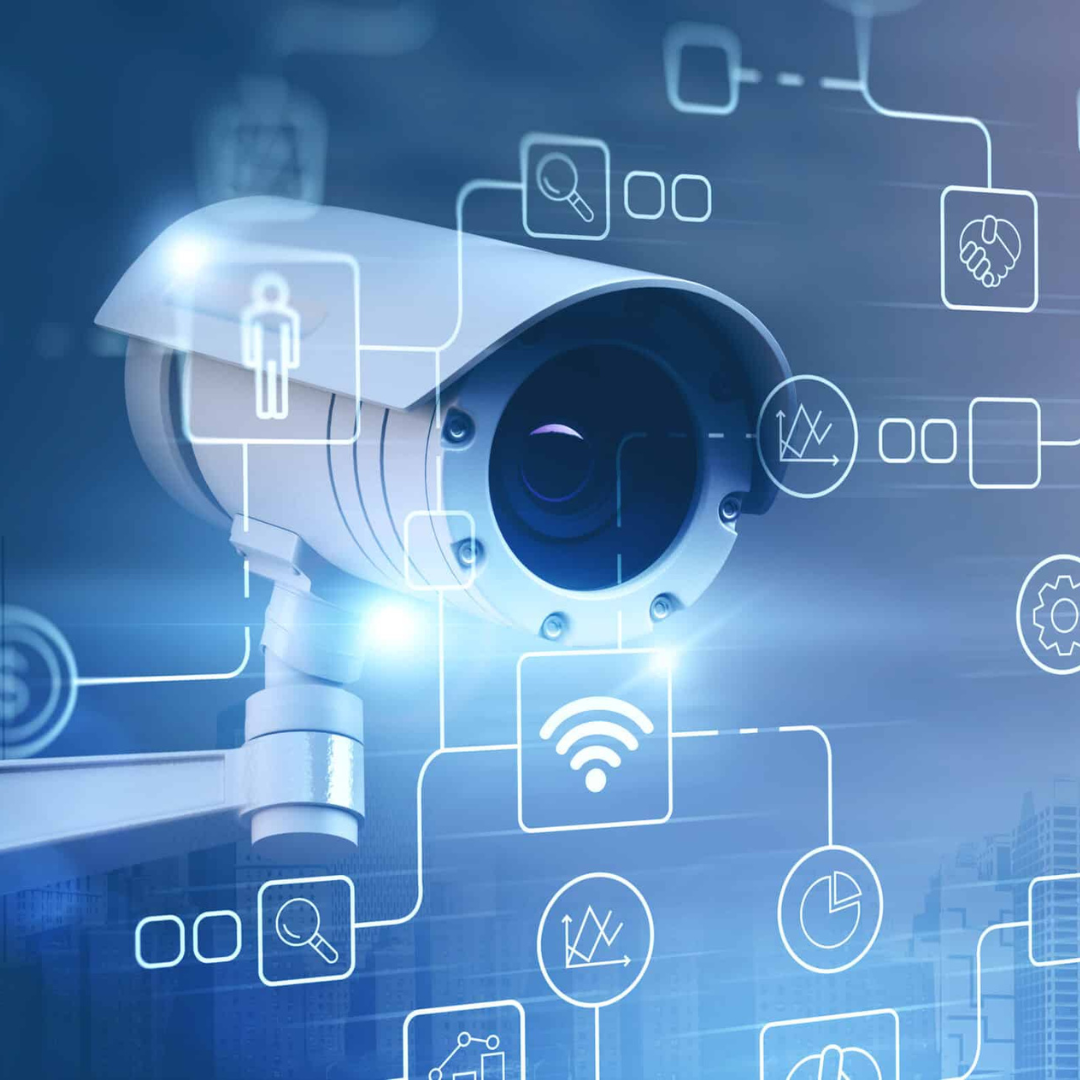Where SA SMEs Should Invest First to Stay Resilient in 2025
2025-07-29 17:17:29

Why Smart Investment Is Critical for SME Resilience in 2025
For the first time in years, South African SMEs are breathing a little easier. Inflation has cooled. Interest rates are softening. Sentiment is on the rise. But don’t mistake optimism for stability.
This fragile recovery masks a hard truth: unless business owners act now, they risk being caught off guard by the same systemic shocks that defined 2023–2024. Political shifts, policy delays, rising input costs, infrastructure gaps, and talent shortages are all still in play.
Smart investment isn't about spending more. It's about spending right—on the systems, skills, and safeguards that let you grow through uncertainty, not just survive it.
Why should South African SMEs rethink their investment strategy in 2025? Because the businesses that adapt early will dominate late.
The Hard Truth: 6 Threats SA SMEs Can’t Afford to Ignore
It’s not just one thing. Resilience is being tested from every angle. Here are the six biggest structural threats choking SME growth this year:
1. Cash Flow Pressure
Late payments are up. Inputs are pricier. Many SMEs are stuck in a lose-lose: hike prices (and lose clients) or eat the cost (and lose margins).
2. Lack of Funding
Despite being credit-worthy, 87% of SMEs have never accessed formal lending. The old collateral model doesn’t serve today’s operators.
3. Red Tape Overload
Compliance demands are swelling. Labour regulations, tax filing, sector-specific licensing, but every hour spent on admin is an hour not spent on growth.
4. Infrastructure Unreliability
Port delays, grid instability, water restrictions—it’s all friction. It slows operations, burns through money, and crushes delivery timelines.
5. Skills Gaps & Retention Strain
Only 72% of SMEs feel confident they can source the skills they need. That number drops sharply in rural areas or specialist sectors.
6. Cybercrime on the Rise
Ransomware attacks jumped 42% last year. The average SME breach cost? R1.9 million. Few can absorb that kind of hit.
A Gauteng SME lost 3 months of revenue after a ransomware attack locked up its invoices. They had backups—but no training, no multi-factor security, and no plan. Recovery took 14 weeks.
Want to see where your business is exposed? Read more: How to Conduct a Mid-Year IT Audit
5 Areas to Put Your Money First (And Why)
Every rand should stretch further in 2025. These six investment areas offer high ROI, reduced risk, and long-term sustainability.
1. Digital Tools & Infrastructure
With only 27% of SMEs using business-grade digital systems, most are missing out on productivity, cash flow acceleration, and oversight.
Where to start:
- Cloud accounting → real-time cash flow
- POS systems → faster customer service + stock visibility
- High-speed internet → smoother operations
- E-commerce → sales beyond your postcode
- Digital payments → predictable revenue cycle
Digital maturity correlates directly with growth velocity. Businesses using connected tools make faster decisions, automate compliance, and scale efficiently.
Book your call with a Daisy expert
2. Cybersecurity Investment
South African SMEs are now primary targets. Why? Hackers know they’re underprotected. And the risks aren't abstract.
Simple protections offer huge returns:
- Enable MFA across accounts
- Use endpoint security + password managers
- Back up critical data offsite
- Train your team to spot phishing
- Review your cyber insurance terms
Insurance requirements are tightening. Soon, basic protections will be mandatory for coverage.
Daisy Security Solutions helps SMEs fortify fast—with local support and flexible pricing.
Read more: Employee Negligence: The #1 Cybersecurity Threat in South Africa & How to Fix It
3. Supply Chain Tech & Diversification
You can’t control geographic bottlenecks—but you can prepare for them.
South African SMEs are especially exposed to:
- Port congestion (Durban, PE)
- Exchange rate shocks
- Import restrictions (e.g. U.S. tariff hikes)
Mitigate risk through:
- Local sourcing options
- Inventory management platforms
- Supplier redundancy
- Safety stock for top SKUs
"A just-in-time model is no longer just smart—it’s risky."
Read more: Managed Cloud Services for Supply Chain Optimisation
4. Process Automation & AI
Automation isn’t just for corporations. In 2025, it’s your best hire.
Use cases for SMEs:
- Auto invoice capture
- CRM lead follow-ups
- Convert paper into an electronic filing cabinet for digital archiving and retrieval, transforming paper processes into digital ones
- Scan and archive any documents or electronic content for easy access
- Monitor and manage your printing costs, devices, and supplies by having your finger on the pulse at all times
- Build and Implement Workflow and Processes
- Transform the capacity and performance of your organisation
Daisy’s software solutions let businesses punch far above their weight.
“Automation isn’t futuristic—it’s your next hire.”
Read more: Tech Upgrades That Deliver Immediate Wins For South African Businesses
5. Sustainable Energy & Cost-Saving Moves
Energy isn’t just a cost centre. It’s a resilience strategy.
If you wouldn’t bet your business on Eskom—don’t bet it on diesel either.
And ESG matters more than ever. Large corporations increasingly require green credentials from suppliers. Funders are aligning lending terms with sustainability performance.
What NOT to Spend On Right Now
Some investments feel strategic… until they burn cash without delivering returns.
Here’s what to deprioritise in 2025:
- Over-complicated tech: Stick to proven, flexible SaaS platforms
- Inflexible financing plans: Avoid plans that don’t take your specific business needs into consideration.
- One-size-fits-all ERP suites: You’ll outgrow or underuse them
- Untracked marketing: If you can’t measure ROI, don’t do it
“Your money should move you—if it doesn’t, don’t spend it.”
What’s the Best Way to Decide Where to Invest in My SME?
It’s not just about what’s popular. It’s about what’s practical. Use this decision-making framework to get clear.
Step-by-step plan:
- Map your risks by department or business unit
- Audit your tools: What’s outdated, underused, or missing?
- Match investment to a measurable return (time, money, customer value)
- Use flexible funding: Monthly rental models or in-house finance avoid debt cliffs
Invest Where It Counts—Before It’s Too Late
Waiting comes at a cost.
The longer you delay digital upgrades, security improvements, or automation—
the more revenue, time, and resilience you bleed quietly in the background.
The most competitive SMEs in 2025 aren’t the biggest. They’re the smartest. The ones who invested early—while others hesitated.
Let’s help you build a futureproof plan that works.
Talk to our experts to work smarter, not harder.
FAQs
What should SMEs invest in first in 2025?
Start with digital tools and cybersecurity—they protect revenue and reduce admin fast.
What’s the ROI of process automation for small business?
Automation reduces manual admin costs by up to 70%—and it scales.
Are cybersecurity tools worth it for SMEs?
Yes. One breach can wipe out profits for a year. Most defences are cheaper than the risk.
How can I fund these upgrades without taking on debt?
Look for rental finance, DaisyFin solutions, or staggered rollout plans that align costs with usage.


